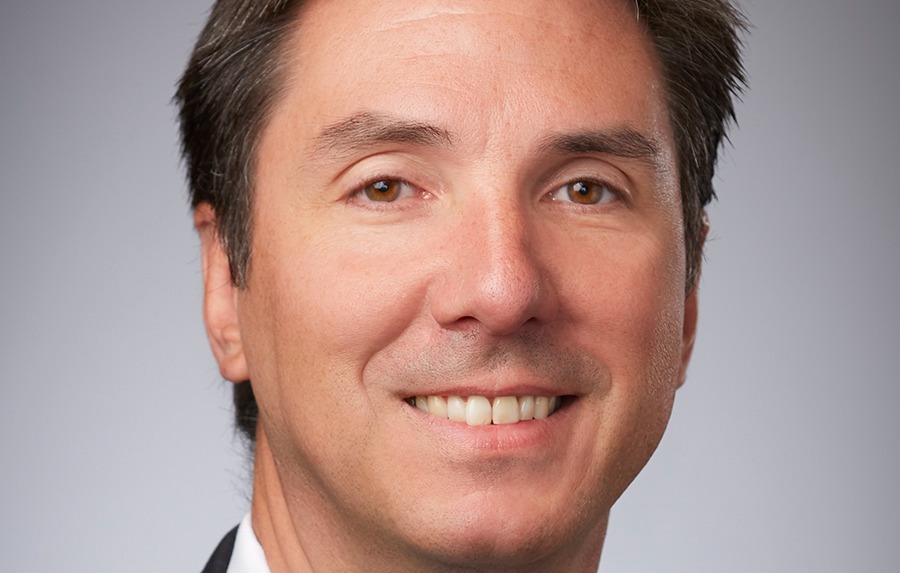Paul Sarvadi believes DEI is important—but that most companies are going about it all wrong. So the CEO of Insperity has co-written a book about his company’s approach to one of the knottiest issues on many leaders’ plates, explaining a strategy he says focuses on effectiveness rather than on heeding the items on some sort of ESG-mandated list for diversity, equity and inclusion.
“DEI did start with unifying objectives [but] graduated to this kind of check-the-box mentality,” the head of the $6 billion professional employer organization based in Kingwood, Texas, told StrategicCHRO360.com. “That happened because DEI became a way for companies to manage liabilities—it would ‘protect’ you. Then it became an energy drain, checking the same silly boxes every year.
“No one wants to do it. And more recently, [with] different approaches, results weren’t happening. Trying other ways to do this became divisive. More recently, those with an alternative agenda have reached the point where it’s potentially toxic. Look at what has happened in very large organizations: There’s toxicity with the potential to affect the value of the company.”
Instead of chasing doctrinaire DEI, Sarvadi suggests, companies should pursue a strategy that emphasizes three goals as they deal with what became “a powerfully emotional issue for everyone” in the wake of the murder of George Floyd in 2020, the subsequent appropriation of diversity as a cause by Black Lives Matter, the energy that developed behind the issue during the pandemic, and a recent pushback related to everything from the side effects of corporate DEI efforts to the U.S. Supreme Court’s recent decision banning affirmative action.
“These are higher goals than DEI goals, but they build on the original unifying objectives of DEI,” says Sarvadi, whose new book, Making Differences Work: A New Values Based, Culture Driven, People Centric Approach to Achieving Commonality, Equality, Cohesion and Business Performance, was co-written with Eli Jones, a Texas A&M Business professor and fellow Insperity board member.
Here’s how Sarvadi says fellow company leaders should leverage each of these goals:
Commonality. “A bunch of people around a table is good, but it’s when people start realizing their commonality that relationships develop, trust develops and the capability to be effective falls into place,” Sarvadi says. “A business needs to make these differences work.”
Commonality is “the other side of the coin from diversity,” Sarvadi says. “It’s how you make [diversity] pay off.” As the authors define commonality in the book, it’s “focused on the shared purpose beyond differences” that “sounds much more like a higher calling, a much stronger word than just diversity.”
The book continues, “If we can see and understand and appreciate each other’s differences (diversity) but go beyond that to discover a shared purpose (commonality) that extends beyond our differences, now we’ve genuinely got something. Now we have a team.”
Equality. This is a “better standard, a higher objective within a business” than equity, Sarvadi says. “Equity is really misperceived in the business environment. It can’t be a goal across an organization because, if you look at [its] definition, you’ll find that equity is more related to an individual; equality is the standard for groups that people tie into and connect to, and it increases the validity of what you do.
“If there’s equality in pay and rewards, when people achieve something, they know they got there by a common standard,” Sarvadi continues.
Cohesiveness. “Inclusiveness is good, but it’s only a starting point,” he says. “It’s not enough. Cohesion is the goal. That’s when people are sticking together and doing whatever it takes.”
By definition, the book says, “Cohesion is an action. It’s not static, just sitting around in right field [but] implies an ongoing process and belonging.” Business cultures “want more than just inclusion; we want relationships. We want a sense of sticking together. That way, when some big challenge comes up … people don’t start pointing fingers … Instead, they get on with solving the problem, sticking together.”
Effectively harnessing commonality, equality and cohesiveness as centerpieces is the key to deriving improved business performance from an emphasis on DEI, Sarvadi says.
“If you do this, you get to your DEI objectives but also get much better business performance,” he says. “The biggest obstacle to having success in a company right now on this topic is leadership commitment to making it happen.”
Improved business outcomes, Sarvadi says, will come in four ways:
Individual discretionary effort. “This will unleash the potential in every person,” he says.
Team collaboration. “You want the same level [of that] in a group so people aren’t cautious but fully able to collaborate and have ideas bounce off each other and be successful.”
Innovation. “People have assumed that this is one of the advantages of having a diverse group, and it is multiplied at a whole new level” with Sarvadi’s approach, he says.
Alignment. “The centerpiece of every CEO’s job is the ability of your organization to come together around specific objectives,” he says. “What is the capability of that group of people to be in alignment and be free to pursue those things? They also need to have a level of resilience and ability to respond to crisis.”








